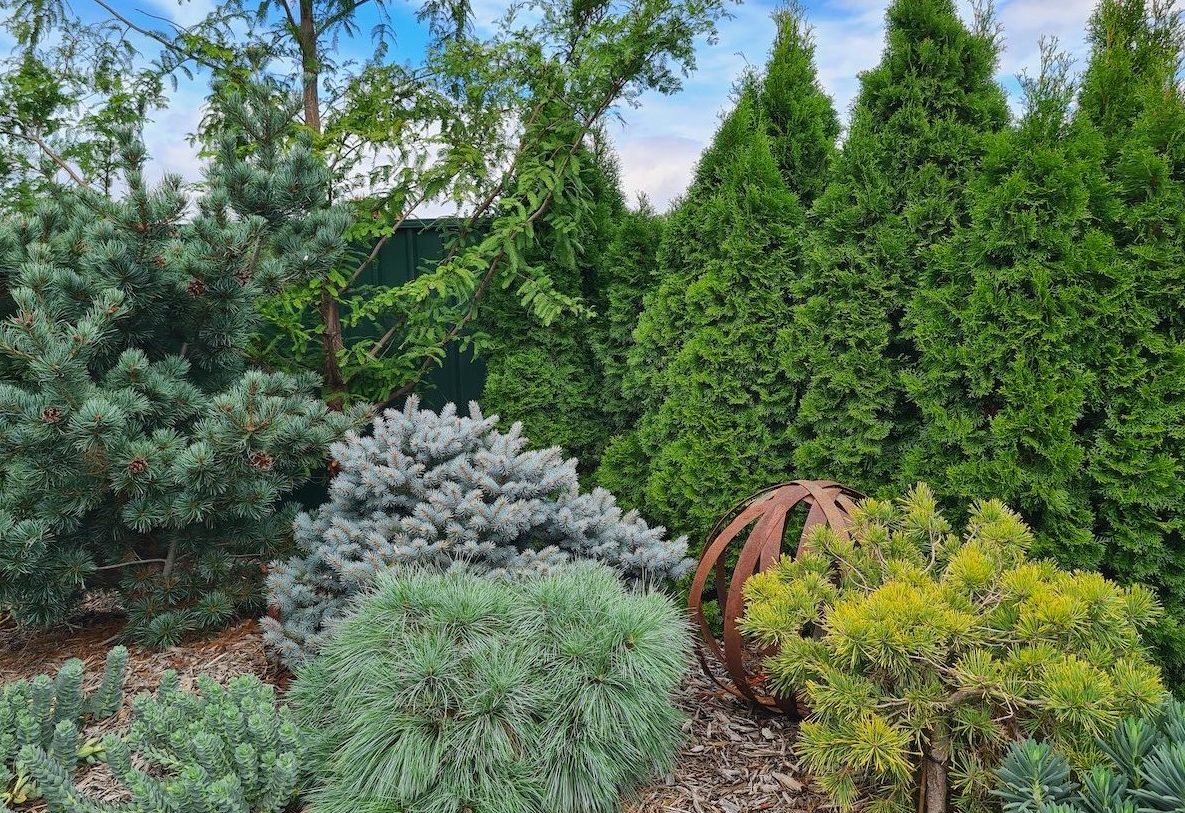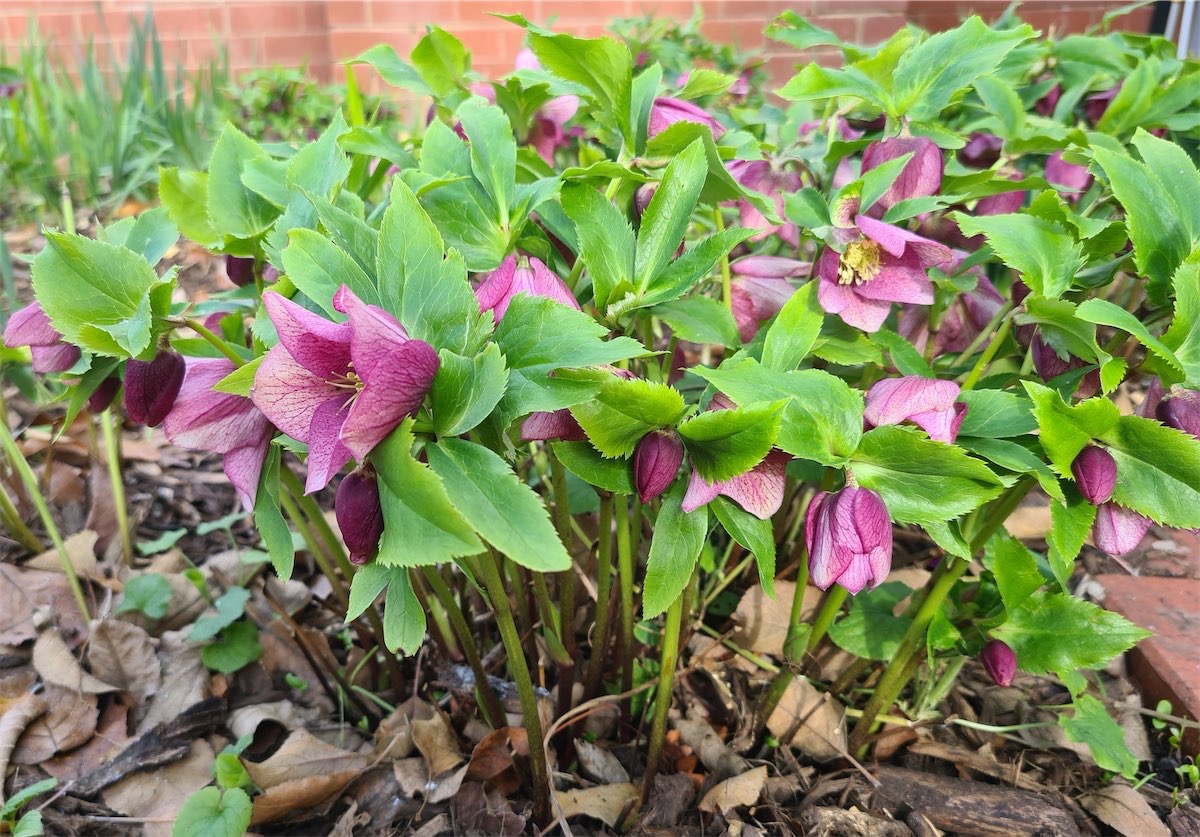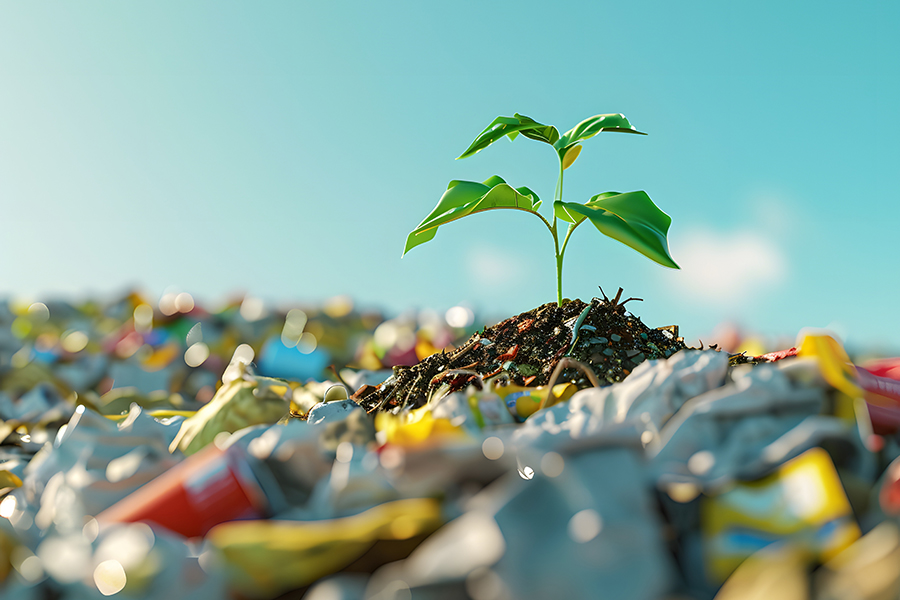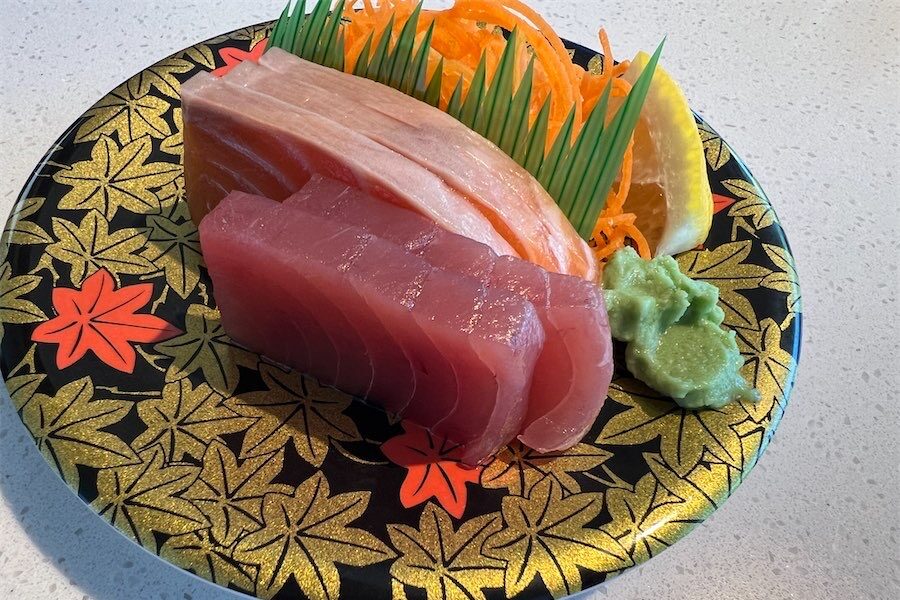
CONIFERS are really tough trees that were planted extensively in the beginnings of Canberra in the early 1920s and their longevity is still seen slightly today in our urban landscape.

Droughts and urbanisation have seen decay and the demise of most of the plantings (as well as many of our trees). Nevertheless, I hope to see repeat planting into the future for another 100 years as windbreaks and protection to the city.
Conifers can get a trim before the cold weather sets in. If there are old brown needles inside the shrubs, use a gloved hand to clean out this dry material to allow ventilation and air flow for new growth in the spring.
There are many conifers to try in the home garden. I have my conifer garden facing west that gets really hot in summer. I have chosen all dwarf plants, so they are slow growing. The colour and shapes can vary but they are a really good landscape plant and terrific for screening.
They need a well-drained site, but don’t mind poor soil; soil should be slightly acidic with a pH of about 5.5-6.
They can also be grown in pots as bonsai for having on a table indoors or a small space on a balcony. The National Bonsai and Penjing Collection at the National Arboretum is worth looking at and talking to many of the volunteers if you are interested in starting to grow bonsai plants, but be careful – they can become addictive!
EARLY varieties of onions can be planted from now until mid-May. Sow mid-season varieties in May/June. Onions are shallow-rooted plants and must be kept weed free.
The early maturing white and red onion varieties can be sown now and will be ready for harvesting around spring to early summer.
Onions will look like they’re doing nothing over winter and won’t put on any fast growth or form bulbs until early spring, so be a little patient.
A good yield of 60 or so onions per square metre will give some idea to how big an area is needed. It’s estimated a family of four eats around 500 onions a year so to be completely self-sufficient in onions, eight square metres of ground will be needed, plus somewhere to store a lot of onions.
The best storing onions are white and need to be completely dry. Plant onions where there were summer brassicas, but definitely not where other alliums or root vegetables have been. The soil pH is best at 5.3-6.5, slightly acidic. This gives onions crunch.
To minimise weeds around onions, interplant small flowers such as pansies with carrots. Small herbs, such as parsley, can be also beneficial as companion plants for onions.

HELLEBORES, commonly called “winter rose”, are a popular plant to have in the Canberra garden. Although not related to roses, they flower in winter when there is very little flowering and tolerate a wide range of conditions.
They grow well under deciduous trees where they get summer shade and winter sun. I like to trim them to the ground this time of year to remove all old sunburnt leaves and leave no place for whitefly, aphids or snails to grow over winter and multiply in spring.
Pruning this way will benefit the flowers to be seen in winter and not be obstructed by foliage. The diversity of the single and double flowers are amazing with colours ranging from white, pink and black. There has been some popular breeding of hellebores over the years and terrific varieties to choose from at the nursery and online or mail-order.
RAKING autumn leaves seems like a never-ending chore in the garden, but it’s just as important to remove them from the tops of hedges as they will get heavy when wet and damage the hedge. Compost or chop large leaves and small leaves that can be put on the garden bed in a thin layer.
Who can be trusted?
In a world of spin and confusion, there’s never been a more important time to support independent journalism in Canberra.
If you trust our work online and want to enforce the power of independent voices, I invite you to make a small contribution.
Every dollar of support is invested back into our journalism to help keep citynews.com.au strong and free.
Thank you,
Ian Meikle, editor





Leave a Reply